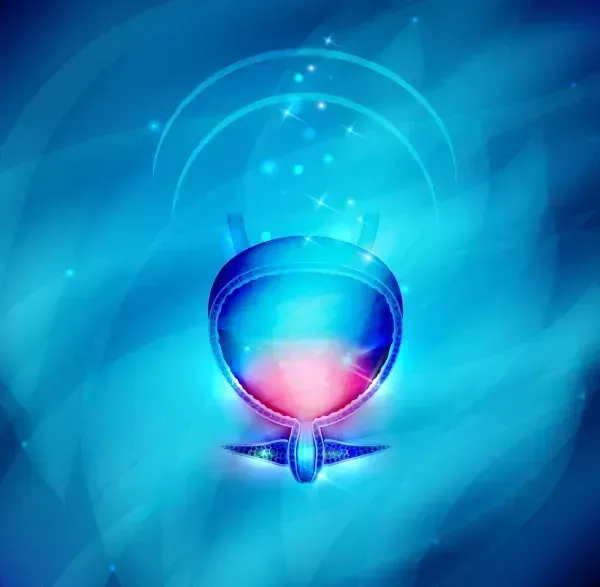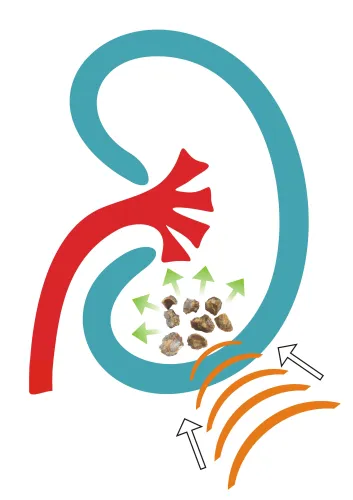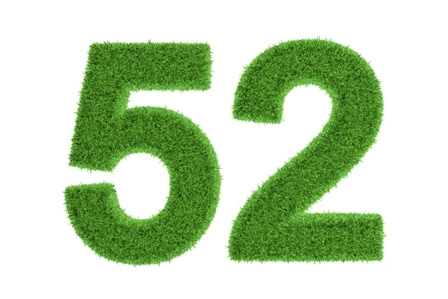Worried You Won't Get Paid for Sperm Aspiration? Don't Give Up
Other options can help fill the money gap. Urologists often perform sperm aspiration as part of their testing for male infertility. The procedure is straightforward, but coding and reimbursement isn’t always so simple. If you have found yourself wondering how to get paid for the service, read on for solid advice from our experts. Start by Understanding the Aspiration Codes When a physician uses sperm aspiration to evaluate male infertility, he or she has three aspiration procedures to choose from: Hang up: CPT® does not include a Category I procedure code for any of these procedures. You do, however, have an S code for MESA: S4028 (Microsurgical epididymal sperm aspiration (MESA)). And there’s more bad news: Not all insurers – including Medicare – will pay for S4028. That’s because S codes from the HCPCS manual are temporary national codes; Medicare does not reimburse for any temporary codes (plus, Medicare considers male infertility diagnostic procedures as not medically necessary). Some private payers and Medicaid might reimburse for S4,028, but double check the rules for the state and payer in question before performing the procedure. The other option: If a payer does not recognize S codes, report the unlisted procedure code 55899 (Unlisted procedure, male genital system) for MESA. Also submit 55899 to any payer when you are reporting TESA and PESA. “Benchmark this unlisted code to CPT® codes 10021 or 10022 [as described below],” recommends Michael A. Ferragamo, MD, FACS, clinical assistant professor of urology at the State University of New York at Stony Brook. “Unfortunately, remember that most insurers do not consider these procedures medically necessary and thus not payable.” Watch for Other Payment Opportunities The three procedures above are not your only coding challenges for sperm aspiration. Take a look at these other coding options you may wish to consider. Option 1: If your urologist performs the sperm aspiration via fine needle aspiration with or without guidance, you should report that service. If the physician does not use image guidance, report 10021 (Fine needle aspiration; without imaging guidance), and if he does use guidance, report 10022 (Fine needle aspiration; with imaging guidance). Bonus: When the urologist uses image guidance, be sure you also report a code for the type of guidance he provides, as follows: Option 2: If the urologist performs a microscopic evaluation of the aspirates to determine the adequacy of the specimens before he submits them for final analysis, report 88172 (Cytopathology, evaluation of fine needle aspirate; immediate cytohistologic study to determine adequacy for diagnosis first evaluation episode, each site) or 88173 (... interpretation and report). Prepare the Patient for Payment Responsibility Since most payers do not pay for sperm aspiration, your best option for reimbursement could lie with an advance beneficiary notice (ABN). “The majority of insurance companies will pay for the office visits for infertility but will not pay for any ‘male’ procedures for the treatment of or any service with a diagnosis of azoospermia or infertility,” says Chandra L. Hines. There are even some insurance companies that will not pay for any office visits for infertility or reimburse for any treatments with a diagnosis of azoospermia, oligospermia, or infertility. Remember: ABNs help patients decide whether they want to proceed with a service even though they might have to pay for it. A signed ABN helps ensure that your office will receive payment directly from the patient if a carrier refuses to pay. Without a valid ABN, you cannot hold a patient responsible for the denied charges. Be prepared: Many urology practices require preoperative payment for MESA, TESA, and PESA procedures. Experienced coders know it is always easier to collect the money prior to providing the service than after the patient has left your office. Treat Post-op Tests Differently The coding and reimbursement situation changes when you’re reporting tests after a vasectomy. CPT® does include a code for post-vasectomy semen analysis: 55250 (Vasectomy, unilateral or bilateral (separate procedure), including postoperative semen examination(s)). Note that the code descriptor wording “postoperative semen examination(s)” should include all semen specimens needed to determine when the patient has become azoospermic or sterile, with no sperm seen on a semen specimen smear. This represents when it becomes safe for the patient to have unprotected intercourse. Most urologists will usually require two separate postoperative semen examinations showing no sperm cells. Any semen examination after the demonstration of azoospermia would then be a billable service. Including the performance of semen analyses in the vasectomy fee would be unrelated to whether the analyses were performed within or out of the vasectomy’s usual 90 day global period.




